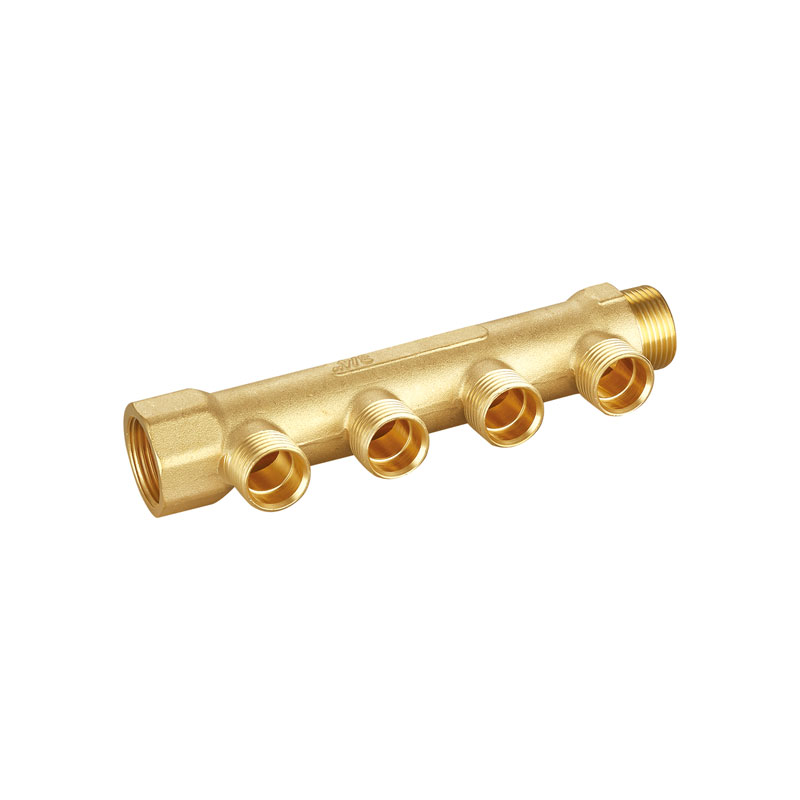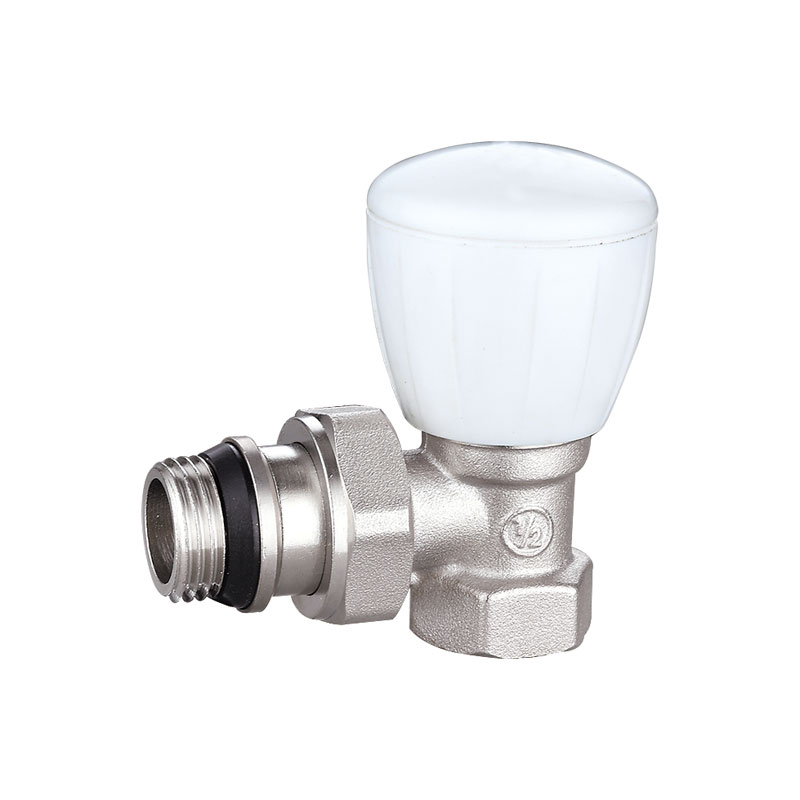Using Brass Ball Valves in your piping system is a simple and inexpensive way to ensure the integrity of your fluid flow. Brass is a strong metal that can withstand high pressures. It is also easy to cast and assemble in a piping system. It can be used in many different applications, including food processing, water wells, and HVAC.
Several types of valves are available, each designed for specific needs. These include:
The main body of a ball valve is composed of two pieces. One piece contains the ball, and the other holds the internal components together. Depending on the design of the valve, it can be disassembled for cleaning or maintenance.
There are three common designs for a ball valve. These include:
The cheapest type of valve is the one-piece variant. This is typically used for low-demand applications. The other two are a two-piece and a three-piece design. In a three-piece design, the housing is held together by bolt connections on the two ends.
The most common connection on a ball valve is a threaded or welded connection. Other connection options include a flared or press fit. IPS (Inserts Pipe Size) and sweat connections are also becoming popular.
The most commonly used alloys are Bronze, Stainless Steel, and Polymer. All are used for different applications. The type of material your system will be exposed to will determine which type of ball valve will be best for you.
When considering a ball valve, you'll want to choose a model that's corrosion-resistant. This means choosing a material that won't degrade easily with exposure to chemicals or salts.

 languages
languages

 English
English русский
русский












